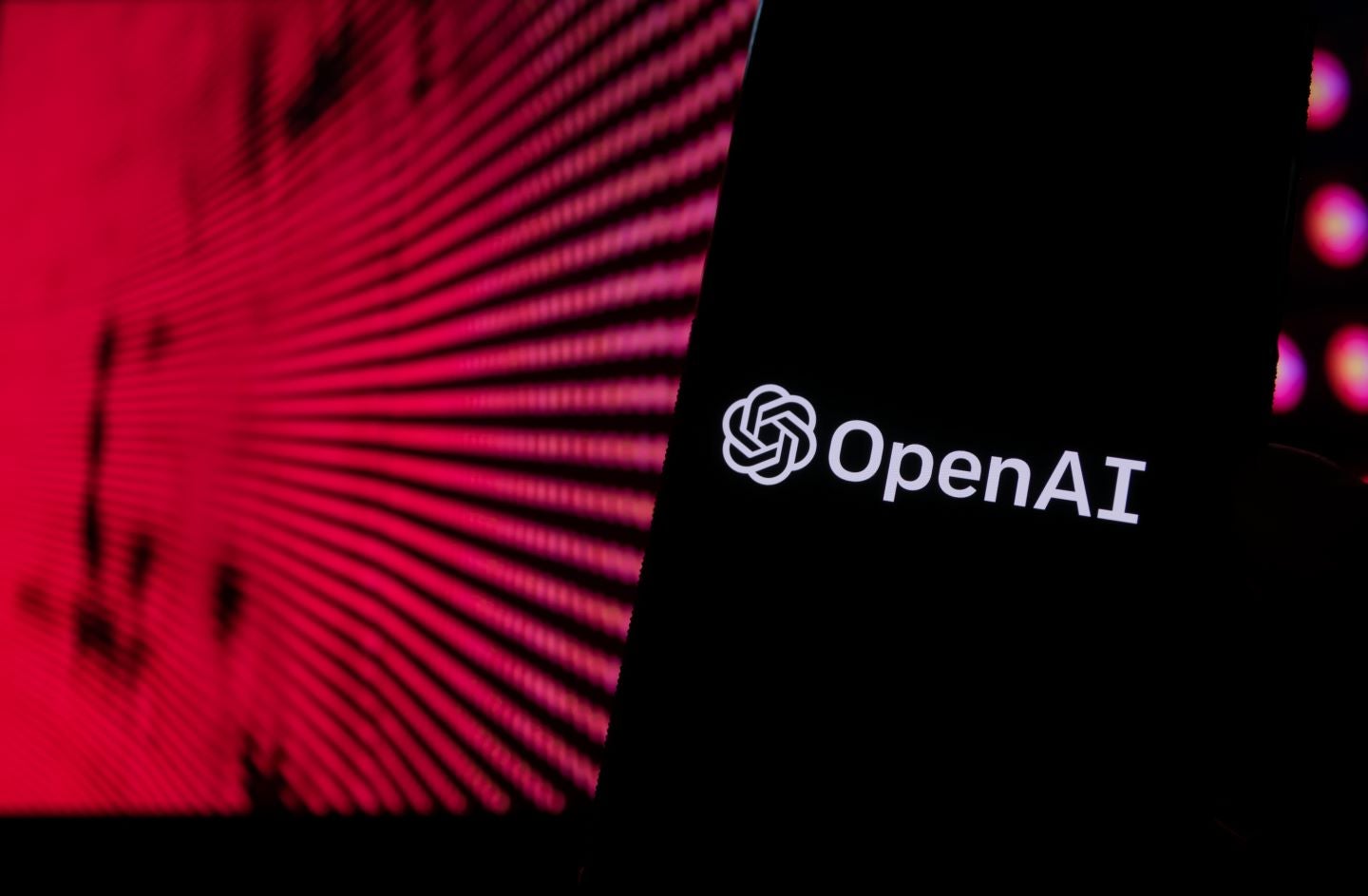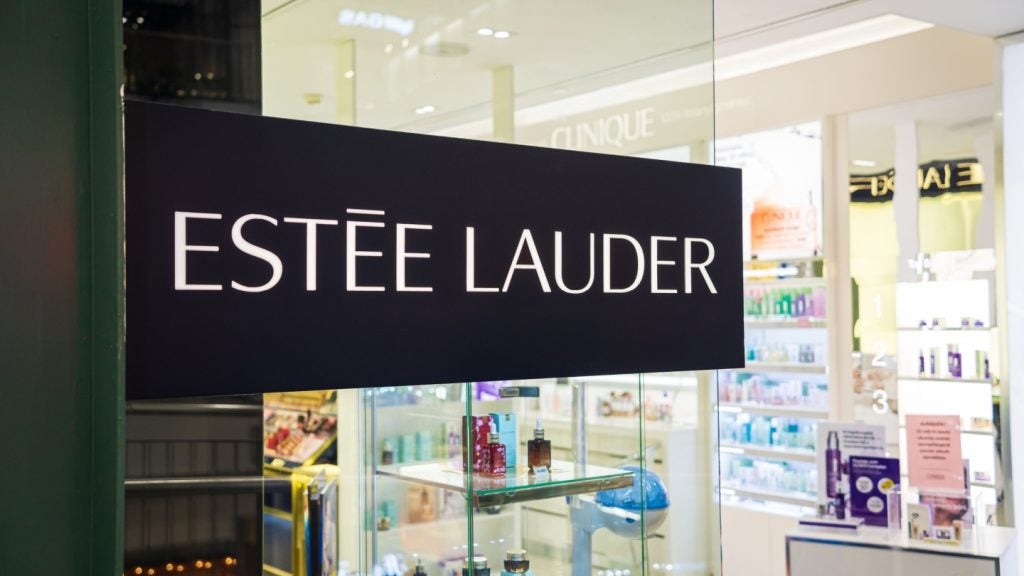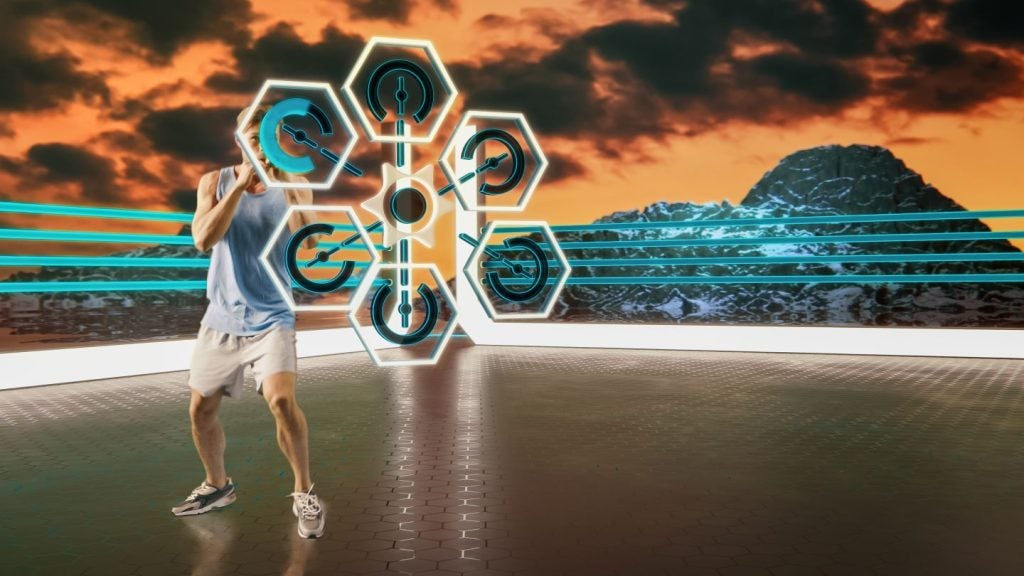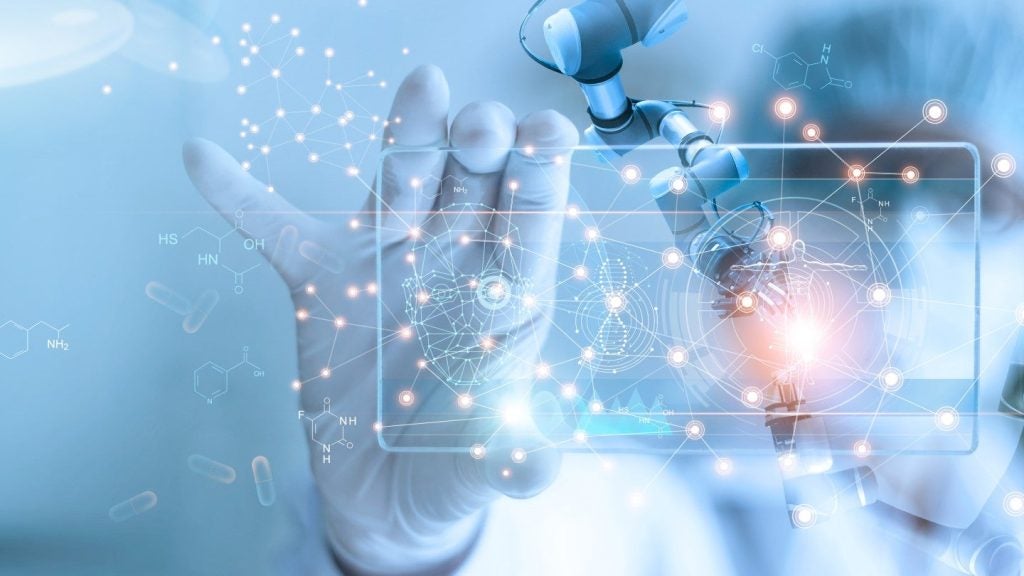
Generative artificial intelligence (Gen AI) is a rapidly growing field that is changing by the day. OpenAI continues to revolutionise the Gen AI space and the announcement of its latest venture is a testament to that. The new text-to-speech model, Sora, astonished the tech world when OpenAI released footage created by the model, which rivalled a Hollywood movie. However, the rise of sophisticated AI art has some wondering, what does this mean for creatives and the art world?
The state of Gen AI
The current Gen AI landscape is rapidly growing, with an increasing demand for skilled professionals. Companies implementing an AI strategy are seeing improvements in operational efficiency, as well as overall increased customer service. However, concern over the potential harm AI can do still looms, with some worrying about what happens when it becomes too powerful.
Gen AI is still in the early stages of development, but progress is seen almost daily. The technology has the potential to not only reshape various industries but also life as we know it. Those in creative fields are some of the most risk-averse when it comes to Gen AI, with some concerned it will put them out of a job and others questioning how software can compare to human creativity.
AI-generated art is not new, with DALL-E 2 and MidJourney being released almost two years ago. It was not just the image generation that took the world by storm, but the surge of image generation models it led to. AI art became rapidly available to the public, leading many to call out DALL-E and its competitors for the flood of deepfake scams and propaganda that, have, and continue to plague the internet.
How does Sora compare to other AI models?
Although not publicly available yet, glimpses of Sora’s capabilities were demonstrated on X (formerly Twitter) and OpenAI’s website. The model can create high-resolution animated and photorealistic videos from a single prompt. The model uses transformer architecture to translate text and speech in real-time to better understand prompts. The quality of the images generated by Sora far surpasses those of DALL-E. With results like this, OpenAI’s Sora is looking like a real competitor to MidJourney, perhaps the most sophisticated text-to-image model available right now.
OpenAI’s Sora is based on the TensorFlow framework, hailed for its support for distributed training and its robust capabilities. The framework is a popular choice for developers training neural networks as it allows them to create sophisticated models with relative ease, however, it does have shortcomings when it comes to image generation, which is why Sora is behind MidJourney. MidJourney uses PyTorch, which is the best for flexibility and innovation. PyTorch’s dynamic computation graph allows for a more complex and creative model architecture.
How well do you really know your competitors?
Access the most comprehensive Company Profiles on the market, powered by GlobalData. Save hours of research. Gain competitive edge.

Thank you!
Your download email will arrive shortly
Not ready to buy yet? Download a free sample
We are confident about the unique quality of our Company Profiles. However, we want you to make the most beneficial decision for your business, so we offer a free sample that you can download by submitting the below form
By GlobalDataThe future of art and Gen AI
The future of art is poised to be significantly influenced by the advancements in generative AI. This technology is not only redefining the boundaries of creativity but also challenging our traditional understanding of art. Gen AI—with its ability to learn from vast amounts of data and generate new, original content—is expected to play a pivotal role in the creation of art. Artists can harness the power of AI to explore new forms of expression, create complex patterns, and even generate art autonomously.
However, some question whether AI will replace human artists or if this technology will do more harm than good. As AI models become more sophisticated an increase in cases of deepfakes or copyright violations will increase. It will become more and more difficult to spot the difference between AI art and real life, and as the technology progresses, the line will become more blurred. Increasing AI regulation around the world would limit the capabilities of these models to affect the creative process, protecting artists and the wider population.
While art lovers may not be optimistic, art created by humans for humans is not going anywhere. For the time being, AI will serve as a powerful tool that artists can use to push the boundaries of their creativity. The fusion of human creativity and AI capabilities will lead to the emergence of a new art era, where technology and artistry coexist and complement each other.








Related Company Profiles
X Corp